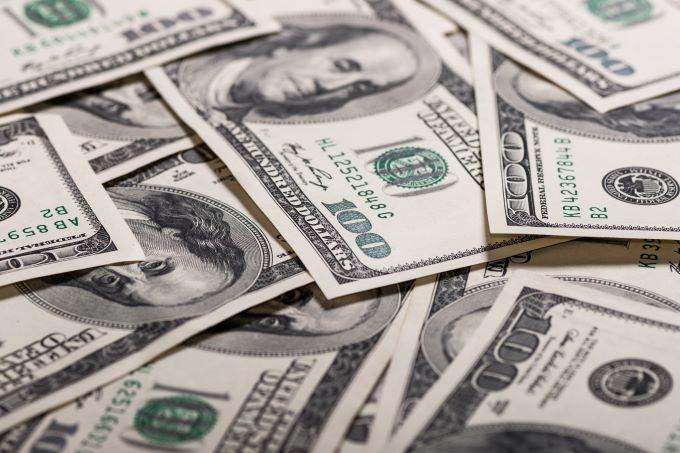 Oil futures advanced yesterday, despite the fears for oversupply that surged as of lately because of the Gulf states decision not to extend their voluntary supply cuts after June.
Oil futures advanced yesterday, despite the fears for oversupply that surged as of lately because of the Gulf states decision not to extend their voluntary supply cuts after June.
Brent oil futures gained 0.93 percent, while West Texas Intermediate crude oil futures value increased by 1.96 percent. Oil markets were being moved by the enthusiasm for a surge in the global crude oil demand, given the reopening of the economies, which would bring back balance to the markets.
The US dollar lost territory against a bundle of its main competitors for the second straight session, dropping 0.17 percent. Some consider that the American currency may lose its safe-haven status given that the prospects for a V-shaped recovery are now lower given the social unrest that now dominates the streets.
"Everybody either hates or laughs at the US right now, and it’s hard to stay safe-haven under those conditions for long,” said an analyst at BK Asset Management.
Another factor that may be putting extra pressure over the dollar is the fact that the Federal Reserve's Open Market Committee is meeting today, Many expect the Fed to leave the cash rates unchanged at 0.25 percent, while there are no expectations for a change on the bank's forward guidance. This is because of the most recent labor department's employment report, which claims that employment rose 2.5 million in May, while the unemployment rate stood at 13.3 percent.
“There’s nothing right now that immediately needs an additional or changing Fed response,” said an analyst at Leuthold Group, after explaining that signaling the willingness to keep the rates at low levels for a long time could be interpreted as lack of confidence regarding the future of the economy by the markets.
Others consider that the significant increase of the fiscal and account deficits due to the response to the coronavirus would be another factor that may be putting pressure over the US dollar performance in the short-term.
"The dollar looks terrible and the biggest reason is the way in which we’re gunning the twin deficits," said the chief executive of DoubleLine Capital.
The US stock performance was mixed in yesterday's session. The Dow Jones industrial average broke a 7-day gaining streak, dropping 1.09 percent, followed by the S&P 500 which lost 0.78 percent. On the other hand, the Nasdaq 100 composite index posted gains for the third consecutive day, advancing 0.66 percent.
Stock markets were rallying as of late on the expectations for an economic recovery that dominated the markets back then. This negative pressure may be linked to the recent World Bank’s report, which claims that the world’s economy is going to contract 4.2 percent this year, which is going to be followed by a 1 percent GDP increase next year.
The bank also commented that despite the fiscal and monetary actions that have been recently implemented, economic recovery will be hesitant.
"Even as employment picks up, households would only slowly increase consumption—particularly when it requires social interaction—amid concerns of possible infection,” explained the bank on its report.
By 5:25 GMT the US dollar index remained almost steady, losing 0.03 percent, at 96.30. Brent Oil futures dropped 1.36 percent, falling to the 40.62 level, while the WTI crude oil futures lost 1.69 percent, falling to the 38.28 level.
